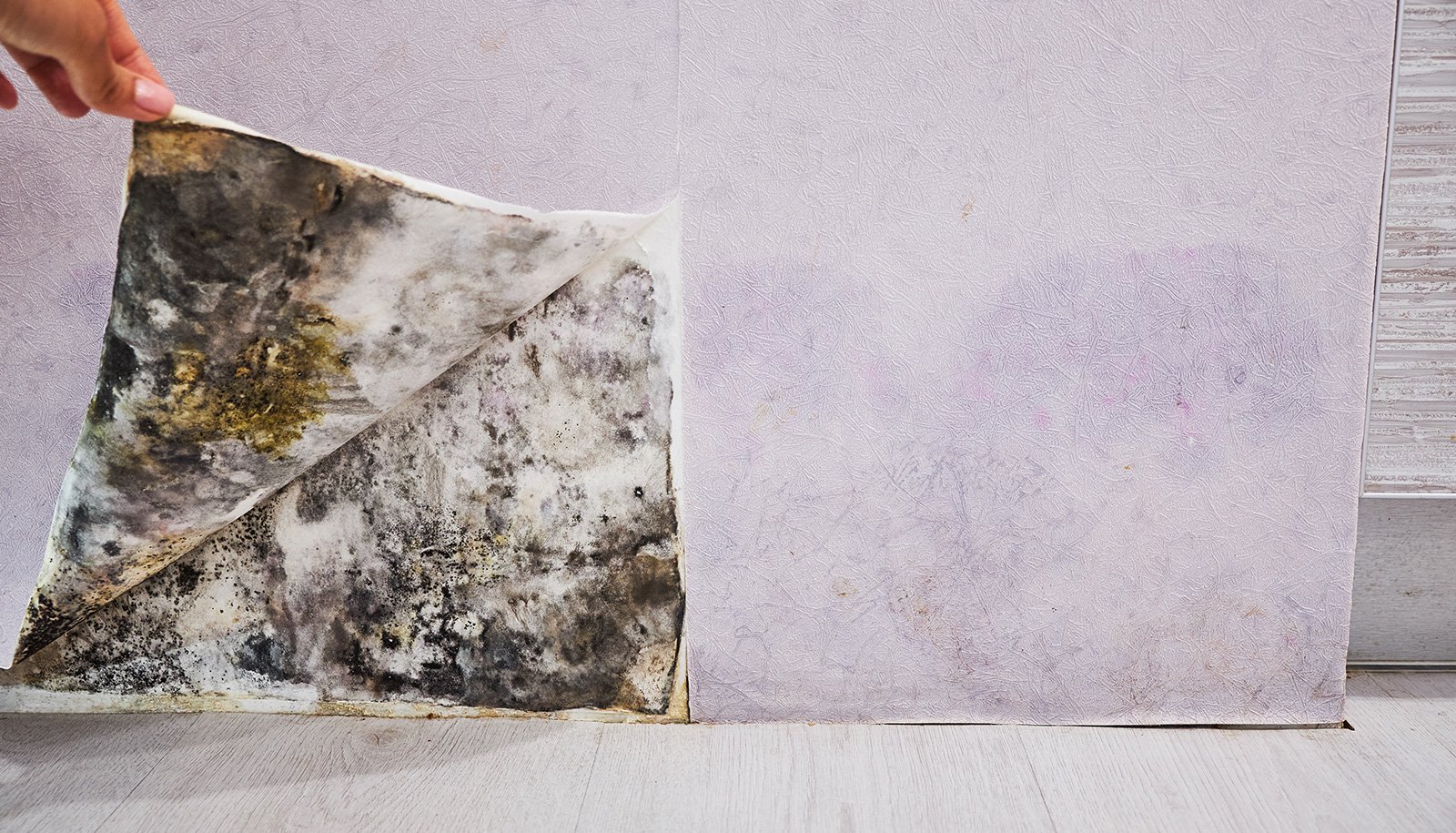Discovering water under your house can be an alarming experience. It poses a threat to the structural integrity of your home and to the health of its occupants.
In this post, we'll guide you through the steps to take when faced with this issue, from identifying the causes to implementing long-term solutions. Let's dive in and ensure your home remains a safe and dry haven.
WHAT ARE THE CAUSES OF WATER UNDER YOUR HOME?
Surface Water Runoff
Improper landscaping and inadequate drainage systems can lead to surface water accumulating around your home's foundation. This often happens after heavy rainfalls or rapid snow melts, making it crucial to ensure proper water diversion away from your house.
Plumbing Leaks
Leaks from pipes, fixtures, and appliances can contribute significantly to water under your house. These leaks may go unnoticed for a long time, especially if they're slow and hidden within walls or floors.
Groundwater Swelling
In some areas, the natural groundwater level can rise, particularly during wet seasons, pushing water into basements or crawl spaces. This is a more complex issue that might require professional assessment.
IDENTIFYING SIGNS OF WATER ACCUMULATION
If you notice any of the following signs, you could have water accumulation under your home:
- Visible Water Pooling: Regularly inspect your basement or crawl space for any signs of standing water.
- Mold and Mildew Growth: These fungi thrive in moist environments and can be an indicator of excess moisture.
- Cracks in Foundation: Water pressure from the outside can cause cracks, allowing more water to enter.
- Musty Odors: A persistent musty smell is a tell-tale sign of dampness and potential mold growth.
4 IMMEDIATE STEPS TO TAKE AFTER FINDING WATER UNDER YOUR HOME
As you can imagine, the sooner you act, the better when it comes to finding water under your home. Here are the steps to take:
1. Stop the water source: If the source is a leaky pipe or fixture, turn off the water supply.
2. Remove standing water: Use pumps or wet vacuums to remove water. For small amounts, mopping and blotting might suffice.
3. Ventilate the area: Open windows and use fans to circulate air and help dry out the area.
4. Contact professionals: Depending on the severity and cause, it might be necessary to call in waterproofing specialists, plumbers, or foundation repair services.
LONG-TERM SOLUTIONS
Those steps are great immediately after you find water under the home, but how can you stop the water long-term?
- Improve Drainage: Consider regrading your landscape or installing additional drains to ensure water flows away from your foundation.
- Waterproofing Measures: Installing sump pumps, French drains, or applying sealants to your basement walls can offer added protection.
- Regular Maintenance Checks: Conduct periodic inspections of your plumbing system and foundation to catch and address issues early.
HOME INSURANCE COVERAGE & CLAIMS FOR WATER UNDER THE HOUSE
Understanding Your Policy in Depth
Taking the time to thoroughly understand your homeowner insurance policy is crucial, especially when it comes to water damage (which can often be a gray area). Policies differ significantly between insurance companies and even individual plans.
Generally, they may cover sudden and accidental water damage, such as from a burst pipe, but exclude issues arising from ongoing neglect, like a slow leak that’s been ignored for months, or natural flooding unless you have specific flood insurance. Some policies may also differentiate between the source of water damage (e.g., internal vs. external).
It's essential to know the specifics of what your policy covers and any deductibles that apply. Reviewing your policy or discussing it with your insurance agent can give you a clearer picture of the coverage limitations and ensure you're adequately protected.
Proactive Steps for Filing a Claim
Should you find that your water damage scenario falls within your policy's coverage, it's imperative to act swiftly and notify your insurance company to file a claim. Being proactive not only helps mitigate further damage but can also expedite the claims process.
When contacting your insurer, be ready to provide a detailed account of the damage, including how and when it occurred. Your insurance company will likely assign an adjuster to assess the damage and determine your claim's validity based on your policy.
The Importance of Documentation and Evidence
Documenting the extent of the water damage meticulously is vital for supporting your insurance claim. From the moment you detect the damage, take comprehensive photos or videos capturing the affected areas and any visible signs of the water source.
Additionally, maintain a record of all communication with your insurance company and any professionals consulted or hired for repairs. Detailed invoices and receipts for any emergency repairs or water mitigation efforts undertaken before the adjuster's visit should also be compiled.
This level of documentation serves as tangible evidence of the damage and your immediate response, which can significantly influence the outcome of your claim process.
Water under your house can be a daunting problem, but it can be effectively addressed with prompt action and the right measures. You can protect your home from further damage by understanding the causes, recognizing the signs, and implementing both immediate and long-term solutions. Don't hesitate to seek professional help and consult your insurance agent to understand your coverage options.
If you need help finding the best homeowners insurance coverage for the best price, speak to a SimplyIOA agent at 833.872.4467 or get a homeowners insurance quote online now.










